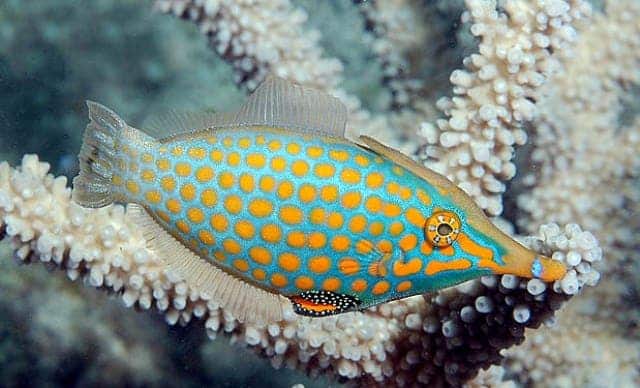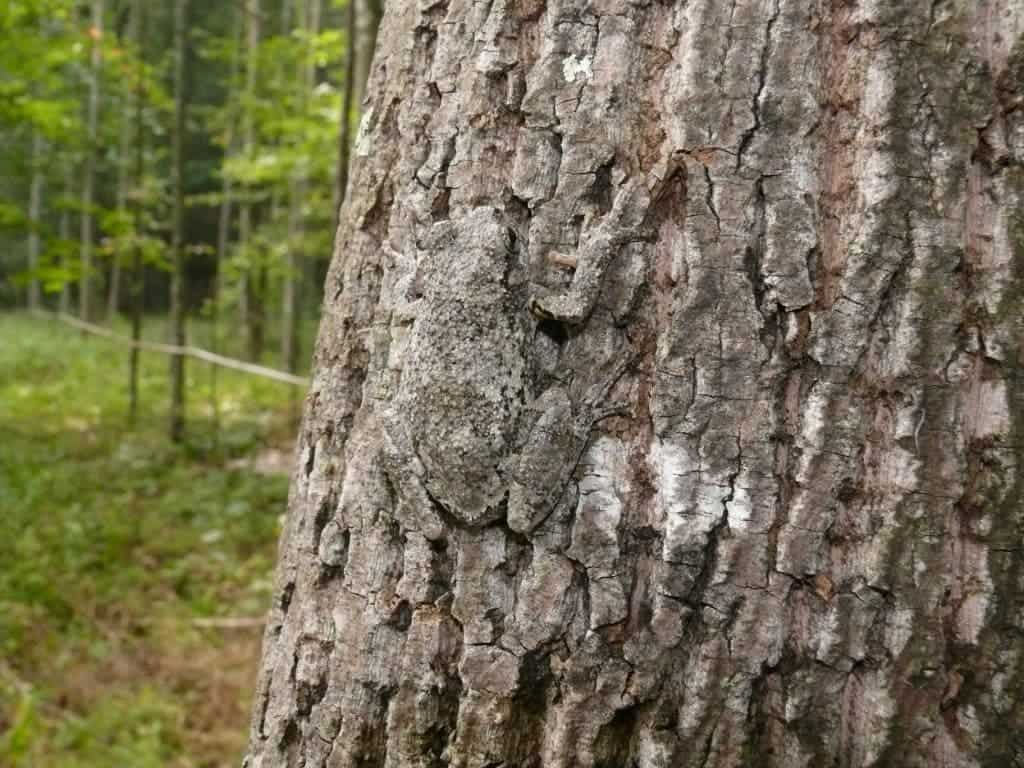The world isn’t just fight or flight, there’s also a third option: hide. The reef-dwelling fish (Oxymonacanthus longirostris), also known as the harlequin filefish, is a true master of disguise that not only blends with its environment to avert itself from the gaze of a hungry predator, it also dissimulates its odor. In other words, the fish not only looks like coral, it smells like coral too.
Smells like coral

The discovery was made made by an international team of biologists and reported today in the Proceedings of the Royal Society B. To test whether or not the filefish actually uses a chemical camouflage, several specimens were placed inside a tank with a cod – one of it’s natural predator. To neutralize the effect of the visual camouflage, the filefish were hidden inside perforated containers within the aquarium so that the cod could only smell, and not see, its prey. When the filefish’s last meal was the same with the species of coral that made its environment, the cod was much less likely to hang around the container. Clearly, the filefish is capable of somehow transmitting the ingested chemicals to its outer skin then diffusing them into the water to match the coral odor. It’s odor disguise is so good that it even fooled crabs who were given a choice between a meal consisting of their favorite corals and a filefish that fed on their favorite corals. More often than not, the crabs chose the filefish.
It’s quite a disguise, but not unique. Caterpillars, for instance, also incorporate chemicals from their food and incorporate these into their skin, releasing them as volatile compounds to fool predators. This is, however, the first instance this behavior has been identified in a vertebrate.
via SciMag






